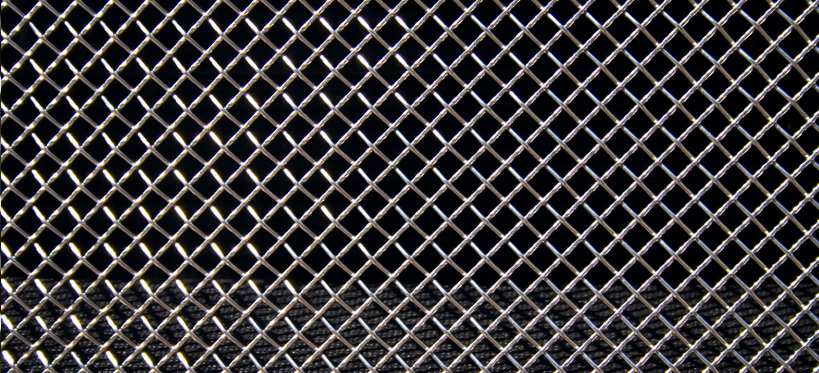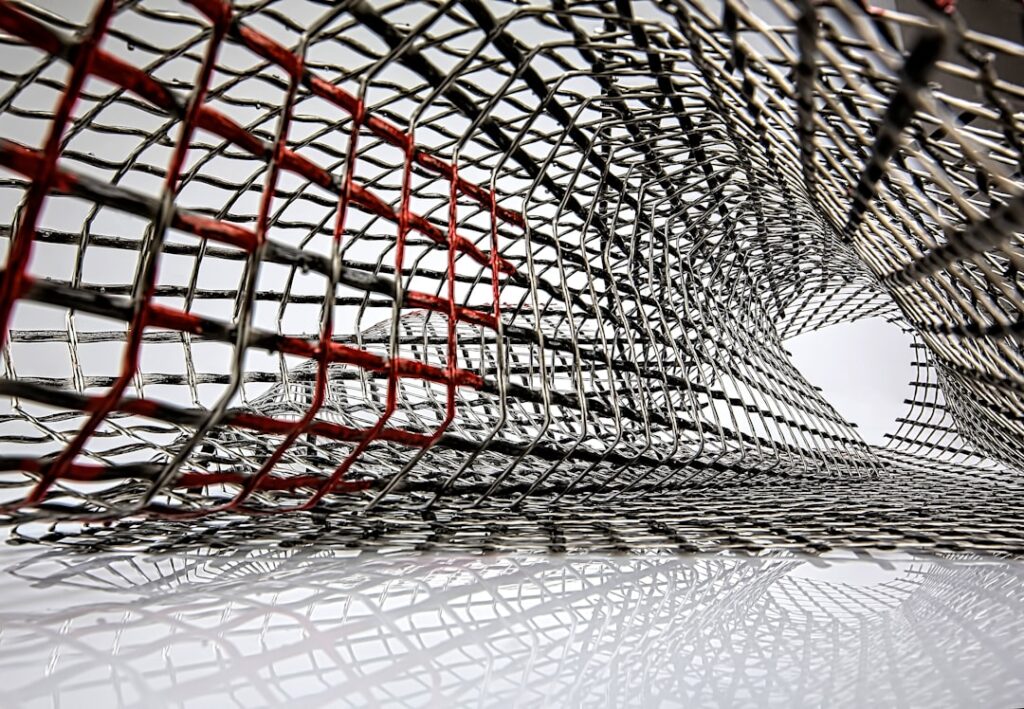Exploring the Versatility of Wire Mesh

Wire mesh is an incredibly versatile material that finds applications across various industries. From construction to manufacturing, the adaptability of wire mesh makes it a popular choice for numerous applications. This article delves into the different types of wire mesh, their properties, and the diverse uses that highlight their versatility.
Understanding Wire Mesh
Wire mesh, also known as wire cloth or wire fabric, is a fabric-like material made from weaving or welding thin strands of metal together. The resulting mesh can vary in terms of thickness, aperture size, and material, depending on its intended use.
Types of Wire Mesh
The most common materials used in wire mesh include stainless steel, aluminum, copper, and brass. Among these, stainless steel is particularly favored for its corrosion resistance, strength, and durability. Let’s explore some of the popular types of stainless steel wire mesh.
Stainless Steel Woven Mesh
Stainless steel woven mesh is created by weaving stainless steel wires in a crisscross pattern. This type of mesh is known for its uniformity and strength, making it ideal for applications where precision is critical. Industries such as aerospace, pharmaceuticals, and food processing often use stainless steel woven mesh for sieving, filtration, and protection purposes.
Stainless Steel Welded Wire Mesh
Stainless steel welded wire mesh is made by welding stainless steel wires at their intersections. This type of mesh offers excellent strength and rigidity, making it suitable for heavy-duty applications such as fencing, security barriers, and structural support.
Stainless Mesh Screen
A stainless mesh screen is a type of wire mesh specifically designed for screening and filtering applications. It is commonly used in industries like mining, chemical processing, and agriculture to separate particles of different sizes and ensure product quality.

Properties of Stainless Steel Mesh
Stainless steel mesh is renowned for its exceptional properties, which make it a preferred choice for various applications. Here are some key characteristics of stainless steel mesh:
Corrosion Resistance
Stainless steel, particularly 316 stainless steel, is highly resistant to corrosion, making it suitable for use in harsh environments, including marine and chemical settings.
Strength and Durability
The inherent strength and durability of stainless steel mesh make it ideal for applications that require robust and long-lasting materials.
Versatility
Stainless steel mesh is available in a wide range of configurations, from fine meshes for filtration to heavy-duty meshes for structural support, allowing it to cater to diverse needs.
Heat Resistance
Stainless steel mesh can withstand high temperatures, making it suitable for applications involving heat exposure, such as industrial ovens and furnaces.
A detailed technical guide on mesh sizes, wire diameters, and applications.
Applications of Wire Mesh
Wire mesh’s versatility allows it to be used in a wide array of applications across different industries. Here are some of the most common uses of wire mesh:
Construction
In the construction industry, wire mesh is used for reinforcing concrete structures, providing stability and strength to the finished product. Stainless steel welded wire mesh is particularly popular for this purpose due to its rigidity and resistance to corrosion.
Filtration and Sieving
Wire mesh is widely used in filtration and sieving applications across various industries. Stainless mesh screens are employed to filter liquids and gases, ensuring that contaminants are removed and product quality is maintained.
Fencing and Security
Wire mesh is often used in the construction of fences and security barriers. The strength and durability of stainless steel welded wire mesh make it an ideal choice for protecting properties and ensuring safety.
Industrial Applications
In industrial settings, wire mesh is used for a variety of purposes, including conveyor belts, machine guards, and protective enclosures. The versatility and strength of stainless steel mesh make it suitable for these demanding environments.
Artistic and Architectural Uses
Beyond its practical applications, wire mesh is also used in artistic and architectural projects. Its unique appearance and flexibility allow designers to create stunning visual effects and innovative structures.
Automotive and Aerospace
In the automotive and aerospace industries, wire mesh is used for filtration, vibration damping, and as a component in various assemblies. The lightweight and durable nature of stainless steel mesh make it an ideal choice for these high-performance applications.
Choosing the Right Wire Mesh
Selecting the appropriate wire mesh for a specific application involves considering several factors:
Material
The choice of material depends on the specific requirements of the application. For instance, stainless steel is ideal for environments that require corrosion resistance, while aluminum may be preferred for lightweight applications.
Mesh Size
The size of the mesh, determined by the diameter of the wires and the size of the openings, is crucial in determining its suitability for a particular use. Finer meshes are ideal for filtration, while larger meshes may be used for structural support.
Strength and Durability
The intended application will dictate the required strength and durability of the wire mesh. Heavy-duty applications may require thicker wires or welded mesh for added rigidity.
Trusted materials science source explaining stainless steel’s physical and chemical properties.
Conclusion
Wire mesh is a versatile material that offers a wide range of applications across various industries. Its unique properties, including strength, durability, and corrosion resistance, make it an ideal choice for many uses. Whether it’s reinforcing concrete, filtering materials, or creating artistic structures, wire mesh continues to prove its value as an essential material in today’s world.
As you explore the possibilities of wire mesh, consider the specific needs of your project and choose the right type of mesh to ensure optimal performance and longevity. With its adaptability and reliability, wire mesh remains a crucial component in countless applications, driving innovation and efficiency across industries.
To explore how welded mesh enhances structural integrity in construction projects, check out our guide on the benefits of weld mesh in construction.
Frequently asked question about wire mesh ?
1. What is the difference between welded and woven wire mesh?
Answer: Welded wire mesh is created by welding intersecting wires at their junctions, resulting in a rigid and durable structure commonly used for fencing, concrete reinforcement, and security applications. In contrast, woven wire mesh is produced by weaving wires over and under each other, offering flexibility and making it suitable for filtration, sieving, and decorative purposes. UWC
2. How do I choose the right wire mesh for my project?
Answer: Selecting the appropriate wire mesh depends on several factors:
-
Material: Stainless steel offers corrosion resistance; galvanized steel is cost-effective; aluminum is lightweight.
-
Mesh size and wire diameter: Determine based on the level of filtration or strength required.
-
Application: Consider the environment and purpose—e.g., industrial, architectural, or agricultural.
Consulting with a wire mesh specialist can help ensure the best choice for your specific needs. Wire Cloth Man
3. What are the common applications of wire mesh?
Answer: Wire mesh is versatile and used across various industries:
-
Construction: Reinforcing concrete, scaffolding, and safety barriers.
-
Industrial: Filtration systems, machine guards, and conveyor belts.
-
Agriculture: Animal enclosures, crop protection, and fencing.
-
Architecture: Decorative facades, sunscreens, and interior design elements.
<< Back


